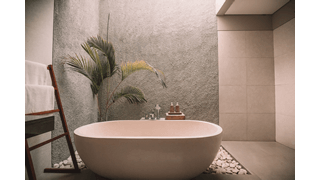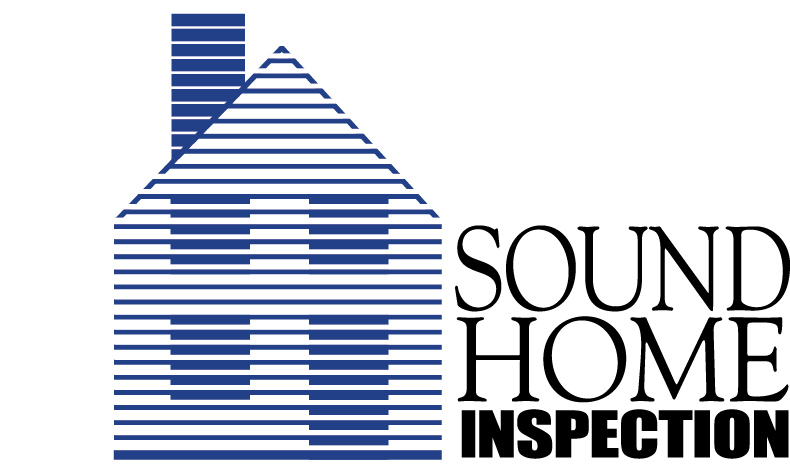
If you’re like most homeowners, your knowledge of plumbing stops with knowing that water comes out of the faucet when you turn the hot or cold water knob. However, what you don’t know about plumbing can hurt your home…or at least cause you to pay more for repairs and installations than necessary. Below are 11 basic facts about plumbing that every homeowner needs to know:
1. The location of the main water shut-off valve. All homes have an internal and external water shut-off valve. Knowing how to turn the water off to your home is essential if you have a pipe that bursts or a valve that breaks.
2. How to read your water meter. A hidden water leak can cost you a lot of money. If you suspect you have a leak, you can check your water meter (usually located near the water shut-off valve), avoid using water for an hour or two, and re-read the meter. If the usage has increased, you likely have a leak somewhere.
3. Your water source. This may sound obvious, but it isn’t always clear-cut. It’s important to know where your water comes from, such as from the city, from a neighboring community or from a well.
4. Where your appliance shut-off valves are located. In addition to the main water shut-off valve, each toilet, sink, water heater and other water appliance has its own shut-off valve. Knowing where these are located can save you a big mess (not to mention a big water bill) should the appliance leak or malfunction.
5. Type of pipes. Plumbing pipes can be made of copper, PVC or PEX. Knowing the material your pipes are made of can help your plumber make sure he or she brings the right materials for a repair.
6. What healthy pipes look like. Being able to spot a potential plumbing problem can save you a lot of money and mess. Educate yourself on what your pipes should look like and inspect them periodically for rust, buckling or leaks. Calling in a plumber early is essential to avoiding a costly cleanup.
7. Location of your outdoor sewer and water lines. Before you start that outdoor landscaping project, it’s wise to know the location of your sewer and water lines to avoid digging into them.
8. Your water pressure. Your water pressure should be between 40 and 60 pounds per square inch. A higher water pressure can damage your pipes. This information can be found on your water meter.
9. When to update. Replacing things like old rubber washer hoses with new, durable piping can help avoid a water mess. Knowing when to update your plumbing pipes and fixtures is important.
10. Necessary maintenance. Some of your water appliances, like the water heater, require regular maintenance. Avoid costly repairs by scheduling an annual service call.
11. What to avoid. Sometimes homeowners are their plumbing system’s worst enemy. Things like oil and grease can clog a sink and caustic commercial drain cleaners can actually eat through a pipe.

To learn more about plumbing and/or to schedule a professional, thorough inspection of your Connecticut or Rhode Island home, call Tom Morgan at Sound Home Inspection at 860-445-1236. Tom has been making sure that area homes are safe and secure for more than 25 years.
